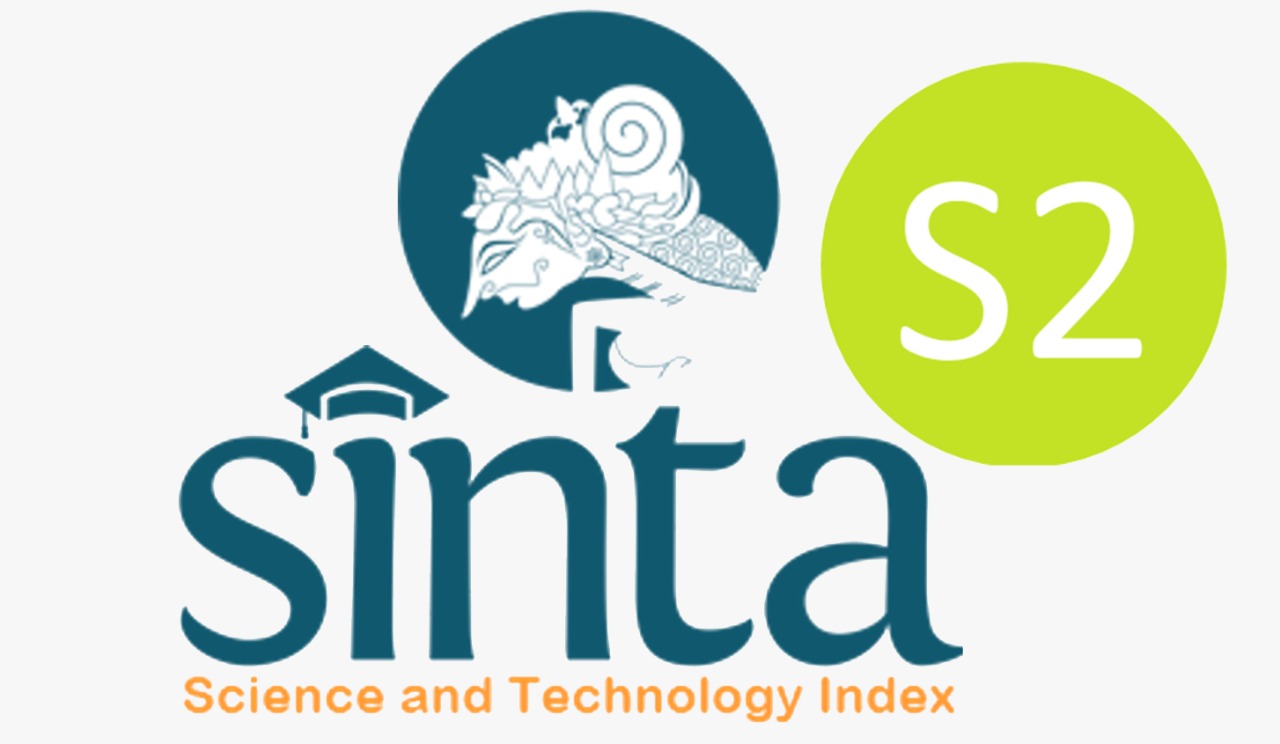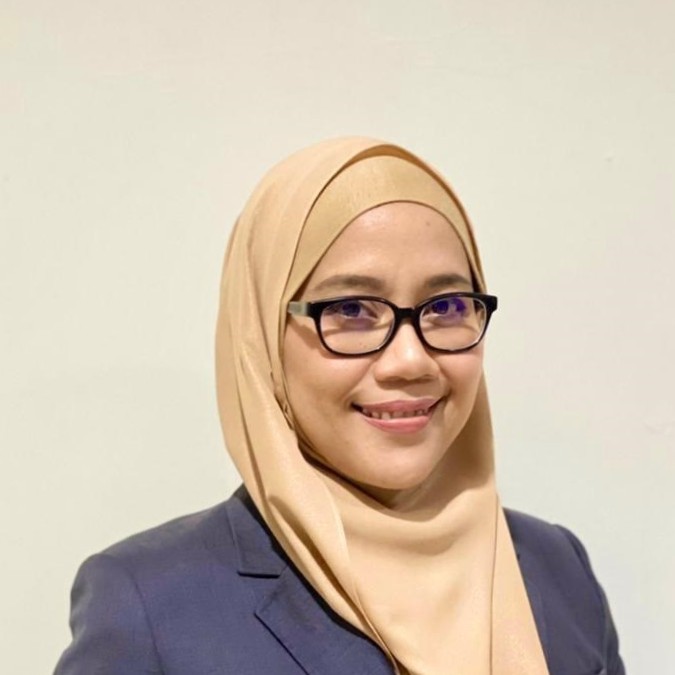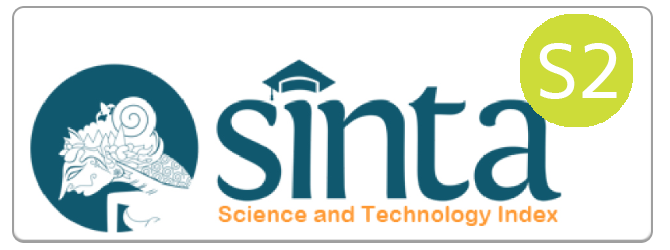SOCIAL ECONOMIC ANALYSIS OF THE TOURISM SECTOR
Downloads
Introduction: The tourism sector has now developed into the largest industry for economic growth in Indonesia; this can be seen from the increasing development of the number of tourist visits, both domestic and foreign tourists. The purpose of this study was to determine the impact of the existence of the Sikembang Park tourist attraction on the socioeconomics of business actors in Kembanglangit Village.
Methods: The method used in this study is a descriptive method with a qualitative approach.
Results: The results of this study are that the Sikembang Park tourist attraction has a positive impact in terms of economy and socio-culture. The economic impact is to increase income and create jobs and business opportunities. As well as the impact on the social life, namely a closer relationship between the people of Kembanglangit Village.Conclusion and suggestion: Based on the discussion regarding the Impact of the Existence of the Sikembang Park Tourism Object on the Socio-Economic Condition of Business Actors in Kembanglangit Village, it can be concluded that the existence of the Sikembang Park tourism object has a positive impact on the community's economic activities which consist of increasing income and opening up job opportunities and business opportunities. Communities around tourist sites get additional work as food and beverage traders. In addition, the Sikembang Park tourist attraction also has an impact on the social life of the Kembanglangit Village community, namely by creating a closer relationship between the people in Kembanglangit Village.
Amnar, Shakhibul. (2020). Pengaruh Pariwisata Terhadap Pertumbuhan Ekonomi Di Kota Sabang. Jurnal Ekonomi Dan Kebijakan Publik Indonesia, 4, 14.
Arianti, Desi. (2020). Pengaruh Sektor Pariwisata Terhadap Perekonomian dan Keuangan. Jurnal Pembangunan Wilayah Dan Desa, 12, 352.
Arini, Ni Wayan Putu etc. (2020). Impact of tourism on development in Bali Province. International Journal of Life Sciences, 4(1).
Bogdan-Constantin etc. (2018). The Impact of Tourism on Sustainable Development of Rural Areas: Evidence from Romania. Sustainability, 10.
Elmia, Arini Shofi & Wiwik Dwi Pratiwi. (2019). Physical Impact Of Theme Parks Existence On Settlement Area In Lembang Subdistrict. Journal on Hospitality and Tourism, 17(1).
Ibrahim. (2015). Metodologi Penelitian Kualitatif. Alfabeta.
Masyono, Superda A & Bambang Suhada. (2015). Strategi Pengembangan Sektor Kepariwisataan di Kabupaten Lampung Timur. Jurnal Derivatif, 9, 131.
OKA, Yoeti A. (1995). Pengantar Ilmu Pariwisata. Angkasa.
Rahma, Adenisa Aulia. (2020). Potensi Sumber Daya Alam dalam Mengembangkan Sektor Pariwisata di Indonesia. Jurnal Nasional Pariwisata, 12.
Sedamayanti. (2013). Membangun dan Mengembangkan Kebudayaan dan Industri Pariwisata. PT Refika Aditama.
Siregar, Nurhayati. (2010). Prospek Industri Pariwisata Indonesia. Jurnal Ekonom, 13, 65.
Sulastri, Susi & Eka Pariyanti. (2019). Pengaruh Pendapatan Sektor Pariwisata Terhadap Kesejahteraan Masyarakat dan Pertumbuhan Ekonomi Lampung Timur. Jurnal Fidusia, 2, 16.
Suwena, I Ketut & I Gusti Ngurah Widyatmaja. (2017). Pegetahuan Dasar Ilmu Pariwisata. Universitas Udayana.
Zortuk, Mahmut. (2009). Economic Impact of Tourism on Turkey's Economy: Evidence from Cointegration Tests. International Journal of Finance and Economics, 25.

This work is licensed under a Creative Commons Attribution-ShareAlike 4.0 International License.
Authors who publish with Jurnal Ekonomi dan Bisnis Airlangga agree to the following terms:The journal allows the author to hold the copyright of the article without restrictions.
The journal allows the author(s) to retain publishing rights without restrictions
The legal formal aspect of journal publication accessibility refers to Creative Commons Attribution Share-Alike (CC BY-SA).
Jurnal Ekonomi dan Bisnis Airlangga (JEBA) is licensed under a Creative Commons Attribution-ShareAlike 4.0 International License

















